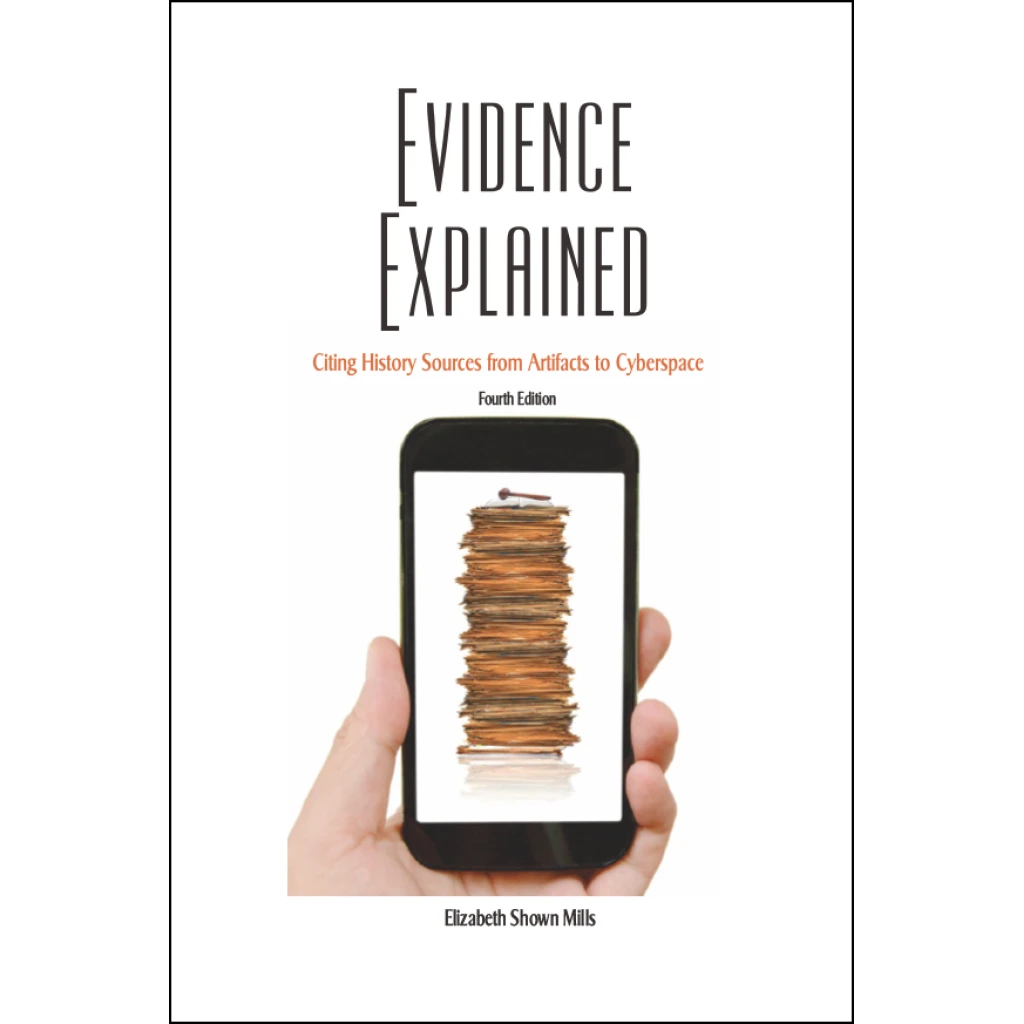The search interface is clean and uncluttered. On first glance, though, it's not clear that users can filter the name, the date(s), the place, even publication name.
But as shown above, after I entered the given name and surname of hubby's great uncle, the renowned Canadian bandmaster Capt. John D. Slatter, I was able to filter by tapping my cursor in the name box. A drop-down menu let me click or unclick to match the exact phrase. I didn't want search results to have "John" or "Slatter" or separated by other words, so I clicked to match the phrase exactly. You may want to try your search both ways, just in case.
Filtering is also possible for publication place, again by tapping the cursor in the publication place box, as shown above. I chose to match the place, because this was Capt. Slatter's hometown. I know he was in news reports all over North America, but for this search, I only wanted news of him in Toronto in a specific time period.
My full search eventually looked like this: exact name, publication year + or _ 20 years, exact place, no publication name (because I wanted to see multiple Toronto newspapers if available). BTW, I did try "Captain Slatter" but results weren't at all close, at least in this time period. And I didn't try a later time period, which I will do at another point.
Results!
Among other results, up popped a truly wonderful result from the Daily Mail and Empire, Toronto, which I have never seen.
It's the origin story of how Capt. Slatter came to be hired as bandmaster of the 48th Highlanders of Toronto. Best of all, it confirms that this illustrious ancestor of my husband did, indeed, live in Detroit (briefly), played with the Grand Opera orchestra there, and was indeed a member of John Philip Sousa's famous band. Wow! I'm thrilled.
IMHO
I wish there was easy, obvious access to a listing of publications that I could check before performing a search.
I wish I could see at a glance what countries and cities are represented in this newspaper database.
I wish I could specify a certain time period to search, such as 1881-1904, instead of clicking for plus or minus a set number of years.
These enhancements may be on the way, but for now, I'm trying different searches to see what new info I can find.























